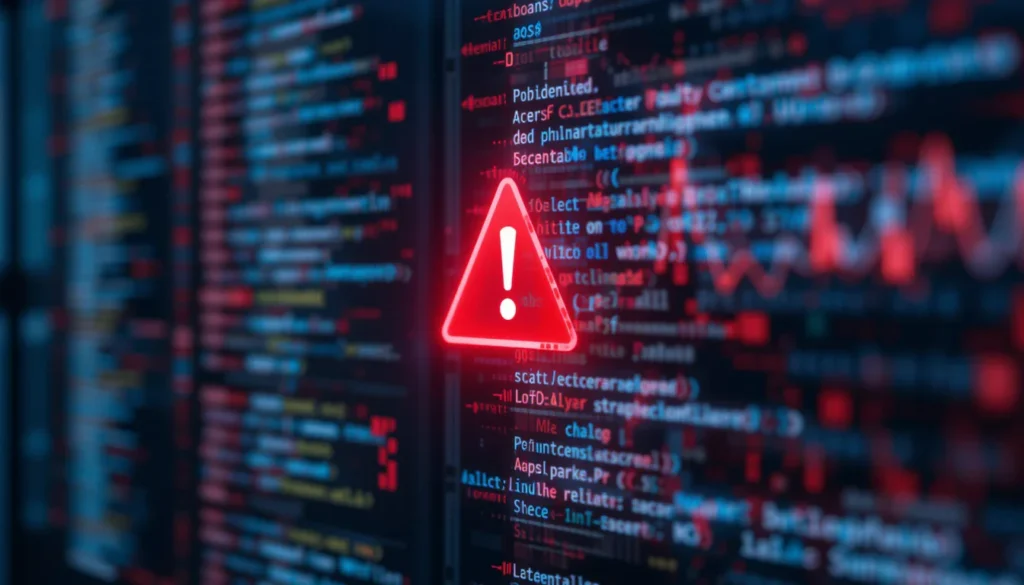Overview:
The U.S. Cybersecurity and Infrastructure Security Agency (CISA) has added nine high-risk Common Vulnerabilities and Exposures (CVEs) to its Known Exploited Vulnerabilities (KEV) catalog. These vulnerabilities are actively exploited and pose significant threats to federal systems and organizations worldwide. CISA mandates urgent mitigation, especially for government agencies, with deadlines for patching set under Binding Operational Directive (BOD) 22-01.
Key Facts:
- CISA’s KEV Catalog updated: 9 new actively exploited vulnerabilities added.
- Impacted vendors: Microsoft, Ivanti, Adobe, and SolarWinds among others.
- Mandatory patching deadline: Federal agencies must mitigate by July 17, 2025.
- Vulnerability types: Includes remote code execution (RCE), privilege escalation, and arbitrary file upload bugs.
- Examples of CVEs:
- CVE-2024-30080 (Microsoft Remote Desktop Licensing Service RCE)
- CVE-2023-26360 (Adobe ColdFusion Arbitrary File Upload)
- CVE-2023-27350 (PaperCut MF/NG RCE)
What’s Verified and What’s Still Unclear:
Verified:
- Active exploitation confirmed by CISA and third-party threat intel reports.
- KEV catalog inclusion means exploitation is seen in real-world attacks.
- CISA’s BOD 22-01 applies to all U.S. federal civilian executive branch agencies.
Unclear:
- Full extent of private sector compromise remains unknown.
- Exact attribution of ongoing exploitation campaigns hasn’t been confirmed.
- Exploit kits in use are still being analyzed by vendors and researchers.
Timeline of Events:
- June 25, 2025 – CISA adds 9 CVEs to KEV catalog.
- June 26–27, 2025 – Warnings shared with federal partners and vendors.
- By July 17, 2025 – Mitigation deadline for federal agencies.
- Ongoing – Private sector expected to adopt similar timelines.
Who’s Behind It?
While CISA hasn’t publicly attributed these attacks, previous exploitation of similar vulnerabilities has been linked to:
- State-sponsored APT groups, especially from China, Russia, and North Korea.
- Cybercriminal gangs, including ransomware affiliates leveraging RCE flaws.
- Hacktivist collectives abusing unpatched systems for impact-driven campaigns.
Public & Industry Response:
- Vendors: Microsoft, Adobe, and Ivanti have issued or updated patches and advisories.
- Cybersecurity professionals: Urging immediate scans and mitigations across networks.
- Media coverage: Increasing awareness of the KEV updates as ransomware groups eye these CVEs.
- Private organizations: Many adopting CISA’s KEV list as a benchmark for patch prioritization.
What Makes This Unique?
- Volume and criticality: 9 highly exploitable CVEs added in a single update.
- Increased visibility: KEV list is becoming a standard risk-reduction tool across sectors.
- Cross-vendor vulnerabilities: Highlights systemic weaknesses across software ecosystems.
- Government urgency: Strong and specific deadlines for action show heightened federal concern.
Understanding the Basics (Quick Explainer):
What is KEV?
The Known Exploited Vulnerabilities (KEV) catalog is maintained by CISA and lists software flaws that are confirmed to be actively exploited in the wild. It serves as a critical reference for vulnerability management.
What is BOD 22-01?
CISA’s Binding Operational Directive 22-01 mandates federal agencies to remediate vulnerabilities listed in the KEV catalog within a specific timeframe to reduce their exposure to cyber threats.
Why It Matters?
Systems running outdated or unpatched software remain vulnerable to cyberattacks, including ransomware, espionage, and data theft. KEV prioritization ensures faster and more effective patch management.
What Happens Next?
- For government agencies: They must track and ensure full mitigation by July 17, 2025.
- For private companies: Adoption of the KEV patching model is encouraged.
- For cybersecurity teams: This update is a call to strengthen threat detection and vulnerability management workflows.
- CISA’s next steps: Likely to release updates and support tools, such as scanning scripts and threat indicators.
Summary:
CISA’s addition of nine new vulnerabilities to its KEV catalog is a serious wake-up call for both public and private sectors. The move underscores the agency’s proactive approach to cyber hygiene and systemic defense. Organizations must act quickly to patch vulnerable systems, monitor for signs of compromise, and align with CISA’s best practices to avoid falling victim to known, active threats.
